SUMMARY
This is AI generated summarization, which may have errors. For context, always refer to the full article.
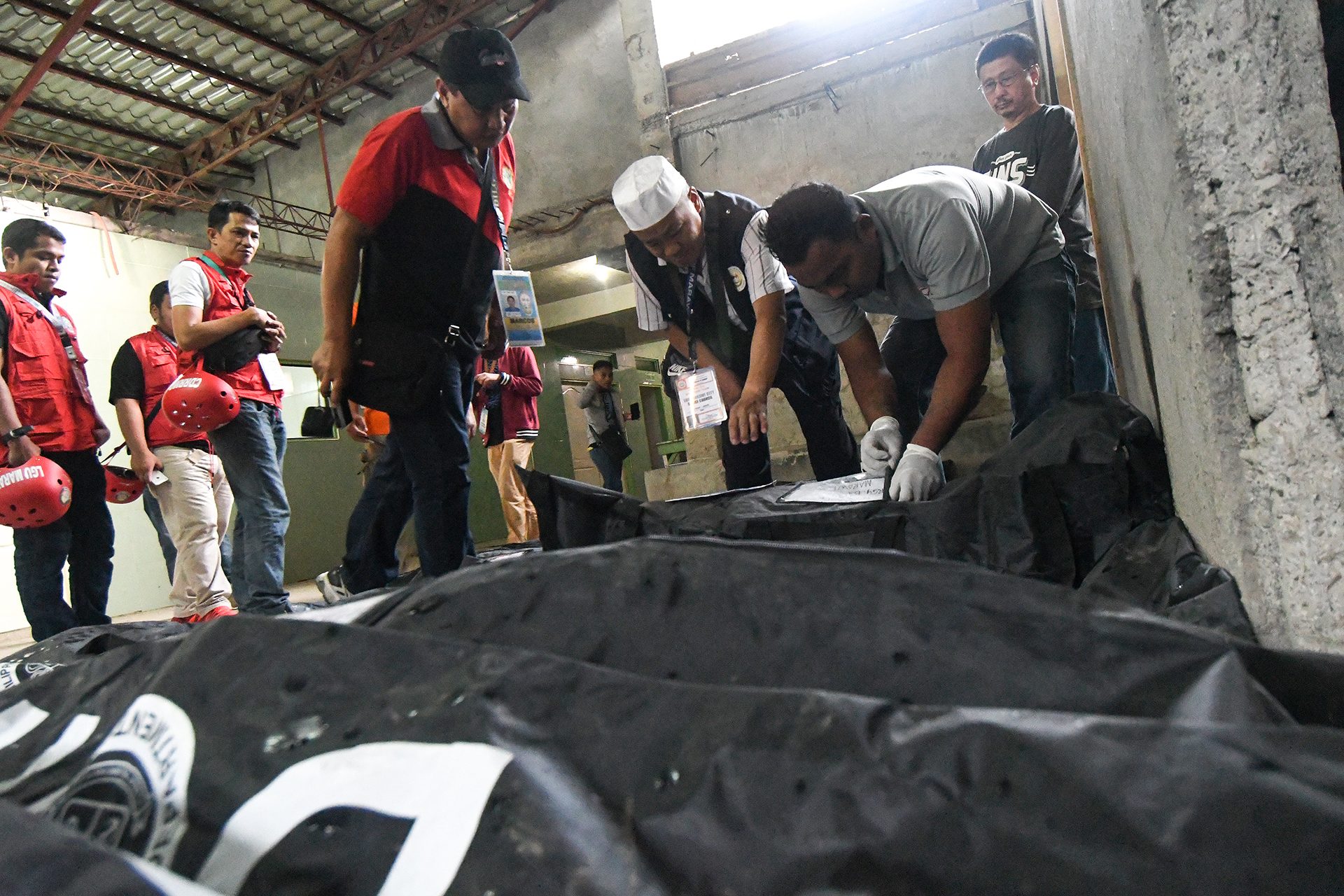
The fear of being tagged as “Maute militants” is preventing families of missing Maranaos in the 2017 Marawi siege from coming forward and asking for help, the International Committee of the Red Cross (ICRC) said on Saturday, May 22.
Elvis Dzanic, ICRC delegate for families of the missing persons, said many Maranao families still dread the thought that authorities would suspect that they and their missing relatives had a hand in the Marawi crisis four years ago.
The Mautes were Maranao siblings accused by the government of founding a group of extremists out to establish a Mindanao caliphate in the Islamic City of Marawi. The group is said to be inspired by the ISIS terrorist network.
Dzanic said mere association or being a relative of the missing or a suspected Maute group fighter could put anyone in trouble in Marawi and Lanao del Sur.
“Families are still reluctant to come out. We are finding it hard to convince them,” Dzanic said.
Dzanic said it was a slow process before a few families agreed to meet with the ICRC team sent out to aid them.
The ICRC, in coordination with the government, is assisting Maranao families in their search for the missing.
Colonel Ruel Vacarro, Northern Mindanao police crime laboratory chief, told Rappler that relatives of only 124 missing Maranaos have so far come forward to provide them with DNA samples. Only four were identified so far after almost four years.
Vacarro said there are DNA samples from 470 bodies in the crime laboratory’s database.
He said the lack of an information campaign prevented families of the missing to seek their help in Camp Evangelista in Cagayan de Oro City.
The remains, found in the ruins of Marawi City four years ago, were mostly buried at the Maqbarra public cemetery in Barangay Papandayan in Marawi City.
Drieza Liningding, chair of the Moro Consensus Group, said the different casualty and missing people reports of government agencies added to the problem.
“At the start of the fighting, the Lanao del Sur provincial government said the casualties reached as high as 3,000. But the DILG (Department of the Interior and Local Government) had different figures. It’s very confusing,” Liningding told Rappler.
Dzanic said it was the duty of the government to determine who died so the Maranao families could move on.
“The families need closure so they can move on,” he said. – Rappler.com
Add a comment
How does this make you feel?



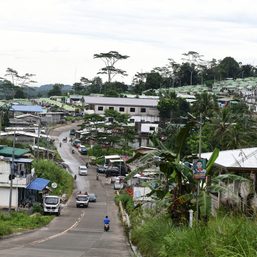
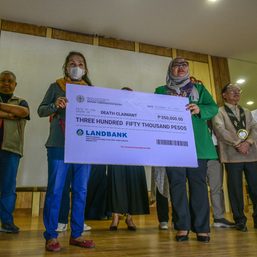


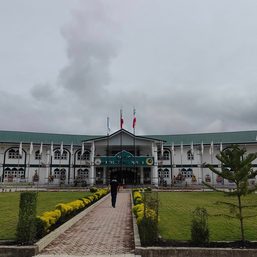
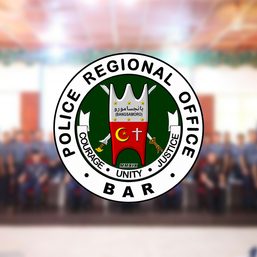
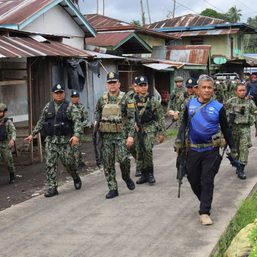
There are no comments yet. Add your comment to start the conversation.